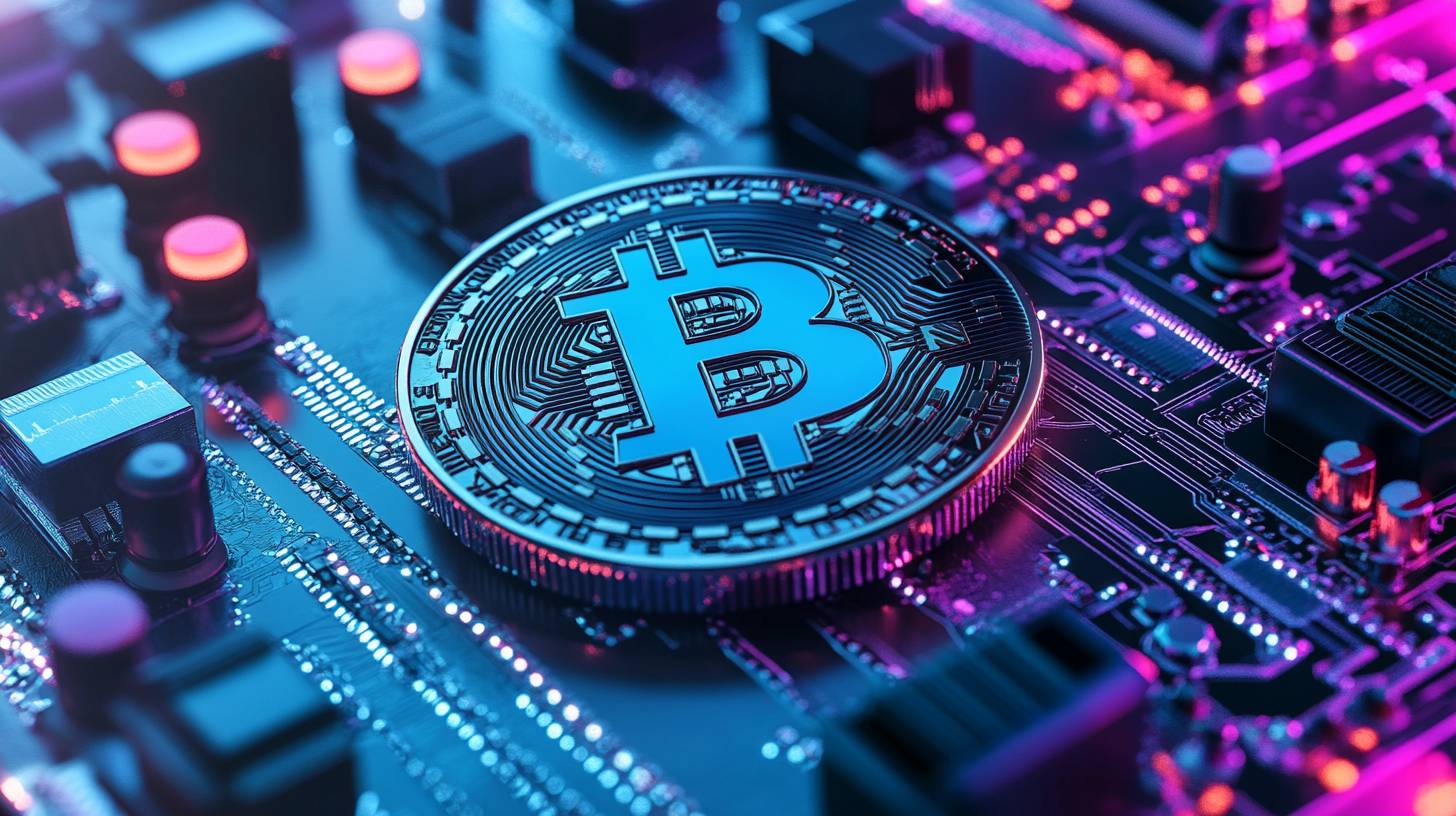
The significance of energy in contemporary technology
This hybrid model, commonly referred to as a “mullet data center,” merges the high revenue potential of HPC with the adaptable dynamics of Bitcoin mining. Consequently, it creates a data center capable of effectively balancing power consumption and local energy grids, outpacing conventional data center strategies. This concept is particularly applicable in Australia, where the diverse landscape presents numerous possibilities for capturing stranded energy resources and integrating renewable energy solutions.
Another strategy involves pioneering stranded energy resources through Bitcoin mining. These resources are often situated in remote regions with limited local demand and can be efficiently harnessed by Bitcoin miners who are less affected by location limitations. Over time, as infrastructure advances, some of these energy assets can be redirected to HPC, fostering a more balanced and efficient energy ecosystem.
This stems from several straightforward realities. Electricity necessitates a grid, fundamentally a vast network of circuits that conveys energy instantaneously. The grid must maintain equilibrium, signifying that production must approximately match consumption at any given moment.
- Energy resources are not always optimally spaced, require long development times, and exhibit different levels of dispatchability.
- Both transmission and storage incur considerable costs, demand lengthy development timelines, and suffer from inherent inefficiencies. An estimated 8-15% of electricity is lost during transmission and distribution by the time it reaches end-users, with this percentage being even higher for long-term battery storage.
As the appetite for both Bitcoin and AI/ML innovations continues to escalate, data center operators must stay proactive by embracing these innovative strategies. The future of data center methodologies lies in the ability to seamlessly integrate diverse forms of compute, maximizing the value derived from energy resources and propelling advancements in the digital era.
More sophisticated strategies entail co-mingling HPC and Bitcoin mining operations within the same data center. This method utilizes the adaptable and interruptible nature of Bitcoin mining to smooth out power draw fluctuations from HPC workloads. For instance, AI/ML inferencing tasks can undergo cycles of heightened and reduced activity, leading to variable energy consumption. By incorporating Bitcoin mining, which can easily adjust its power usage in response to available energy, data centers can achieve a more stable power draw, thereby decreasing overall power costs and boosting total revenue.
The evolution of data center strategies
Bitcoin mining, in particular, has surfaced as a prime candidate for utilizing local excess power, offering a controllable and profitable load that helps stabilize the grid. Recently, escalating demand for High-Performance Compute, especially concerning GPUs, is starting to markedly influence energy utilization as well. Although many anticipate competition between these two technologies for the same energy resources, an examination of their characteristics reveals an evident potential for symbiosis.
Contemporary technology relies on energy transformed from a variety of sources into electricity, presenting specific challenges and compromises. The foremost of these is limited portability.
The trajectory of data center strategies is set to be influenced by the shifting demands of both Bitcoin mining and High-Performance Compute (HPC). As these technologies evolve, data center operators must embrace inventive strategies to enhance efficiency and profitability. One such method is the hybrid data center model, which capitalizes on the complementary aspects of Bitcoin mining and HPC to optimize energy consumption and revenue generation.
Source: bitcoinmagazine.com
This poses challenges for two main reasons:
The consequence is that consuming generated electricity immediately at the source is always more cost-effective and efficient than transporting it across time or distance. Therefore, the most effective approach isn’t about sprawling and inefficiently moving electricity to where it can be utilized, but rather shifting use cases closer to the electricity source. Compute serves as an ideal application for surplus electricity as it is power-dense, highly portable, and scalable; there’s yet to be a known limit to our appetite for compute. In contrast, physical constraints significantly impede traditional energy-intensive processes like aluminium smelting and manufacturing.
Bitcoin mining, characterized by high interruptibility and minimal operational complexity, can be utilized as an initial load for energy sources. This is particularly advantageous in the early phases of data center establishment, during which infrastructure components like redundant power lines, facilities, and backup energy systems are still under construction. By implementing semi-portable modular Bitcoin mining data centers, operators can profit from energy that would otherwise be wasted, yielding a consistent revenue stream while preparing the site for more intricate HPC workloads.

